Chinese health deficiencies taken with a grain of salt
Updated: 2014-04-26 20:14
(Xinhua)
|
||||||||
SHANGHAI - Iodized table salt, which Chinese people have eaten for over 20 years, is being rejected by many as iodization is no longer badly needed in the diet.
The National Development and Reform Commission (NDRC) on Monday announced it would abolish its administration rules of salt franchising with immediate effect.
Provincial governments now have the right to examine and approve which companies produce, wholesale and transport table salt.
It is part of the commission's latest effort to simplify procedures and hand over more powers to local governments, said Gu Xiaoming, a social science professor at Fudan University.
The new step will mean a wider selection of table salt on offer, those with iodine or without.
Li Xiujuan, a Shanghai housewife started to buy non-iodized salt in 2009. She used to buy bay salt from rural areas in neighboring regions. Non-iodized table salt is also more common in supermarkets.
There are more than 1,000 places where non-iodized table salt can be bought, including supermarkets, stores, pharmacies and hospitals in Shanghai, according to the Shanghai Salt Authority.
But non-iodized table salt is still not readily available in some second- and third-tier cities.
"We are no longer in need of iodine supplementation thanks for improving diets. In some regions, pure table salt is more expensive than iodized salt," said netizen "Xiaoshasha ss" on Twitter-like Weibo.
"I can not have iodized salt due to my hyperthyroidism condition, while my 10-year-old daughter is growing up and I was unsure whether she may lack iodine," said a Beijing white-collar surnamed Cheng.
Cheng's daughter underwent medical tests, which confirmed the girl does not lack of iodine.
"I am now at ease to use non-iodized salt for the family," said Cheng.
China used to have a scarcity of iodine, with 720 million people living in iodine deficient areas.
The country in 1994 started to implement regulations on adding iodine into salt to eliminate the deficiency.
The average standard of iodine in table salt ranges from 20 to 30 mg per kilo, with a 30 percent fluctuation range, said a national standard on iodine content in table salt in March 2013.
Health authorities in all regions and provinces are allowed to choose the average iodine content in table salt in accordance with the nutrition level and iodine demands of local residents.
It represents progress of the country's "compulsory iodine supplementation" into a tailored formula based on local conditions, said Cheng Yiyong, director general with Chinese Nutrition Society.
The median of urinary iodine of Chinese people is higher than the appropriate standard provided by the World Health Organization (WHO), but not excessive, according to a Ministry of Health report.
Chinese people are at very low health risk of iodine excess, said the report.
"Higher than appropriate" is blamed on excessive salt intake, about double volume of the recommended volume by the WHO, said Cheng.
China is in need of tailored scientific indicators on iodine supplementation in table salt based on each city and township, for classified and different guidance, said Xie Huamin, researcher with the Standards and Quality Center of the State Administration of Grain.
A broadened distribution channel for both iodine and non-iodine salt is needed to meet the country's diversified demands, he said.

 Old US nuclear explosion images released
Old US nuclear explosion images released
 Ballerina-to-be in audition
Ballerina-to-be in audition
 Red alert for rainstorm issued in S China's Liuzhou
Red alert for rainstorm issued in S China's Liuzhou
 Forest team tackles fire drill in NE China
Forest team tackles fire drill in NE China
 'Global citizen' becomes head of C-100
'Global citizen' becomes head of C-100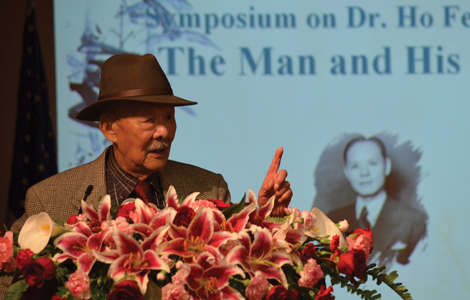
 At 96, a legendary chef can still inspire 'the best' Chinese food
At 96, a legendary chef can still inspire 'the best' Chinese food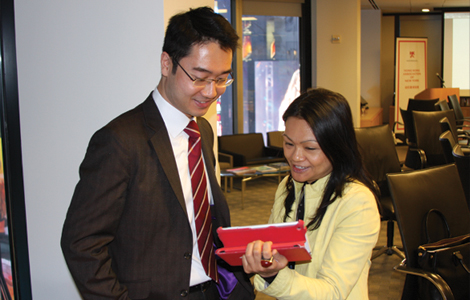
 China's wine consumption is growing
China's wine consumption is growing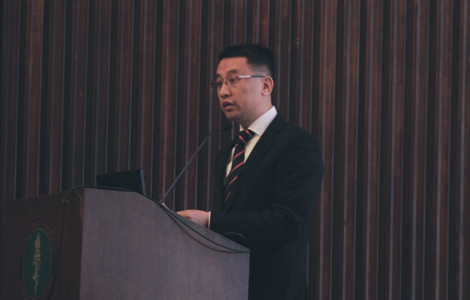
 China's reforms 'hitting right note'
China's reforms 'hitting right note'
Most Viewed
Editor's Picks

|

|

|
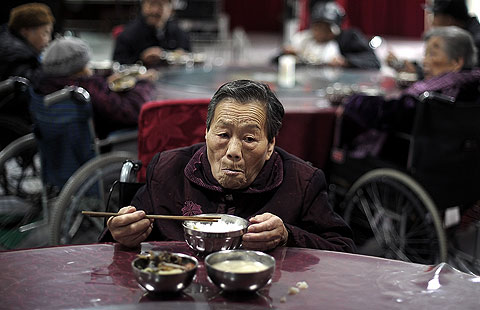
|

|
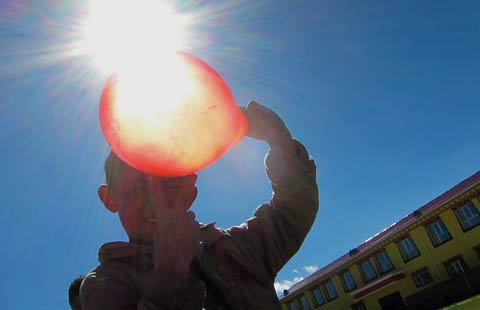
|
Today's Top News
Obama arrives in Malaysia for 3-day visit
C-100 strengthens US-China relations
David Tsang: Building a better future
Follow the star, no matter how far
Across America
Harvard dedicates new business center
Obama's Diaoyu Islands vow 'may backfire'
HK official says China's wine consumption can grow
US Weekly

|

|







